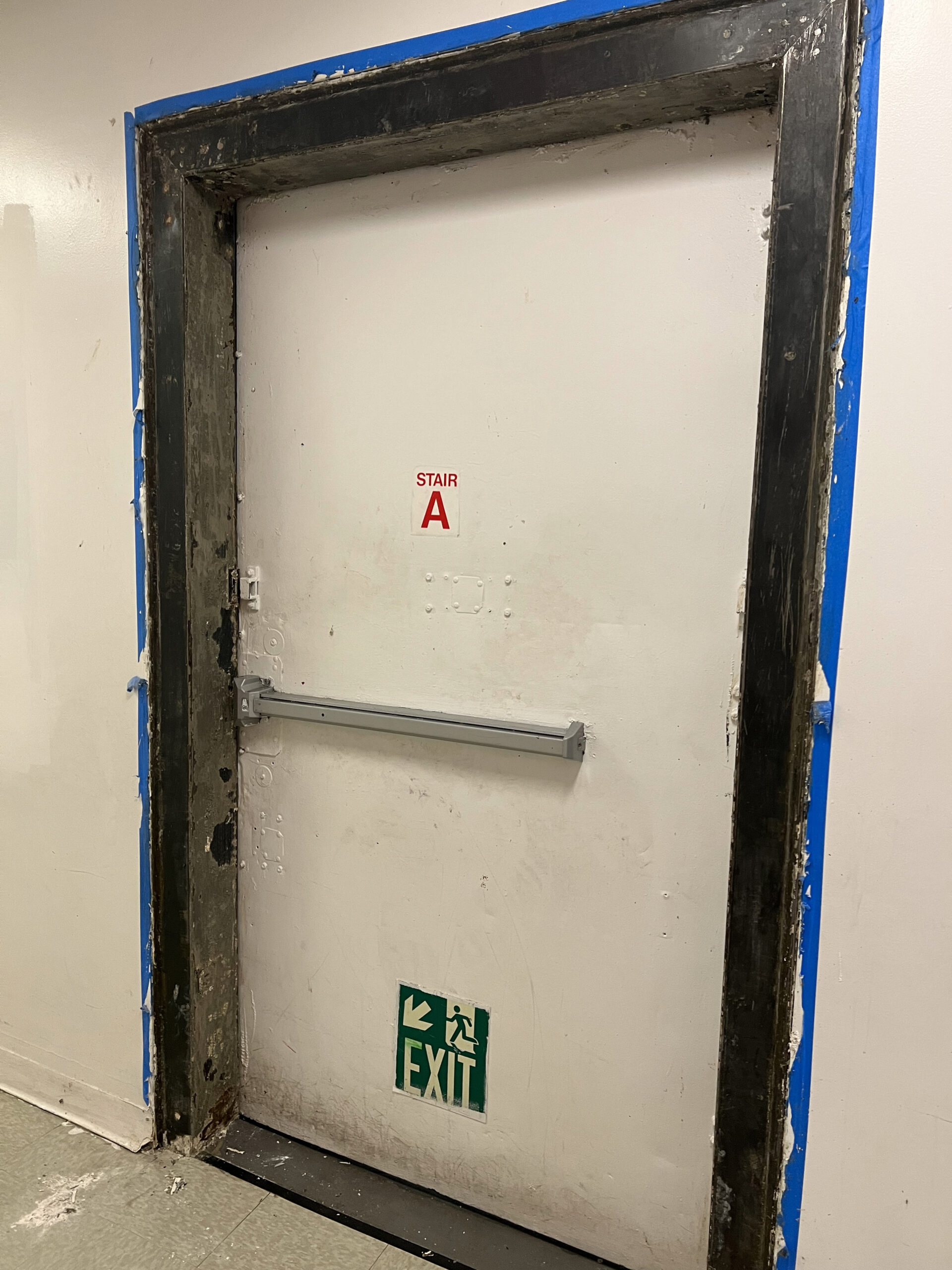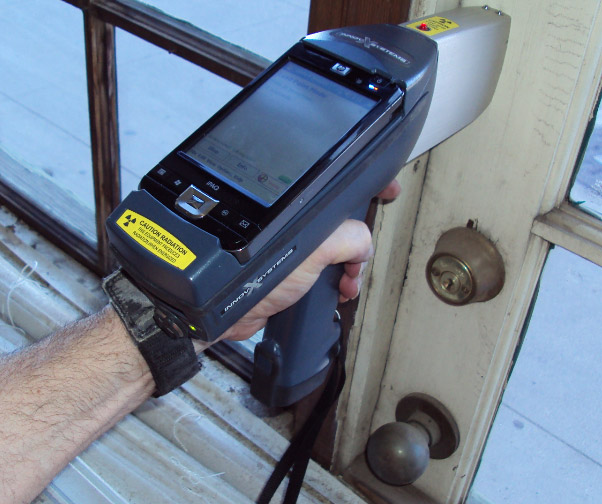Necessary Tools and Techniques for Reliable Lead Infraction Cleaning
Resolving lead infractions properly demands a thorough strategy that blends the right tools with strategic approaches. The very first step involves equipping employees with Individual Protective Equipment (PPE) to secure their health. Simultaneously, the usage of specialized clean-up devices, such as HEPA vacuums and lead-specific cleansing agents, is crucial for thorough pollutant elimination. Efficient control techniques, consisting of plastic bed linen and unfavorable atmospheric pressure systems, are important to stop the spread of harmful products. Risk-free disposal methods and stringent adherence to regulatory guidelines ensure responsible handling of hazardous waste. What are the nuanced methods that genuinely make a difference?
Personal Protective Tools
Personal safety equipment (PPE) is a critical part in the reliable management of lead contamination cleanup. PPE acts as an important obstacle, guarding employees from the dangerous effects of lead direct exposure, which can result in severe health and wellness repercussions. The essential PPE for lead cleanup includes respirators, safety clothes, handwear covers, and eye defense. Each sort of tools is especially created to alleviate various threats related to lead particles and dirt.
Respirators, especially those furnished with HEPA filters, are crucial for filtering system airborne lead bits, protecting against breathing. Proper fit and seal checks are essential to ensure their efficiency. Protective garments, including coveralls and disposable matches, protects against lead dust from sticking to employees' garments, lowering the threat of additional contamination. Handwear covers, generally made of nitrile or latex, shield the skin from direct contact with lead, while safety and security goggles or full-face guards shield the eyes from dirt and debris.
Additionally, extensive training on the proper usage and upkeep of PPE is crucial. Employees must be informed on donning and doffing procedures to avoid contamination. Regular evaluations and substitutes of PPE parts are essential to preserve their protective abilities, making certain a risk-free and certified cleaning operation.
Specialized Cleanup Devices

An additional necessary device is the wet/dry vacuum, which can effectively tidy up both dust and liquid impurities. These vacuum cleaners usually feature HEPA filters to supply an additional layer of safety and security. Wet wipes or tack fabrics are also crucial for surface area cleaning; they are specifically made to catch and hold lead bits, reducing the danger of spreading contamination.
For even more stubborn deposits, specialized lead-removal cleaner are needed. These agents are visit here developed to damage down lead particles, making them much easier to remove. Scrub brushes with sturdy bristles can assist in this process, particularly on harsh surfaces where lead dirt tends to adhere extra strongly.
Furthermore, encapsulants are made use of to secure lead-contaminated surfaces, stopping the release of lead dust. These specialized paints and finishings are designed to abide by different substrates, supplying a long-term solution for lead containment.
Efficient Control Techniques
Efficient containment methods are crucial in mitigating the spread of lead contamination during cleanup activities. Executing robust control strategies ensures that lead bits do not migrate to unaffected areas, thus protecting both employees and the setting (DOH & HPD Lead Violation Removal NYC).

To improve control, encapsulants can be related to surface areas that are not being gotten rid of or disturbed. These specialized finishings bind lead dust, decreasing its accessibility for resuspension. Furthermore, all employees should put on appropriate Personal Protective Equipment (PPE), including respirators and view website non reusable suits, to stop contamination spread.
Safe Disposal Practices
Ensuring safe disposal methods is a crucial part in next page the administration of lead contamination cleaning. Proper disposal minimizes the danger of lead returning to the environment and threatening public health. The initial step is to determine and segregate lead-contaminated waste from various other products. Secure containment making use of durable, leak-proof containers is necessary to prevent spillage throughout transportation.
Carrying lead waste requires adherence to strict guidelines. Utilizing certified dangerous waste service providers makes sure that the materials are handled properly. Paperwork, consisting of materializes outlining the kind and amount of waste, should accompany shipments to track the waste from the website of origin to its final disposal destination.
Designated harmful waste disposal facilities are equipped to deal with lead-contaminated products safely. These centers typically use advanced techniques such as stablizing, solidification, or chemical treatment to neutralize the lead prior to disposal. Landfilling in specialized, lined areas that protect against leachate from contaminating groundwater is an usual practice for last disposal.
Routine training for employees entailed in lead garbage disposal is critical to keep safety standards and prevent unintended exposure. By adhering to these techniques, companies can substantially lower the ecological and health and wellness effects related to lead contamination.
Regulatory Conformity Tips

Complying with regulatory compliance is paramount in the effective implementation of lead contamination cleanup. Recognizing and following federal, state, and local guidelines ensures not only the security and health of people however additionally the legal and financial health of the cleaning company. The Epa (EPA) establishes stringent standards, such as the Lead Remodelling, Fixing, and Paint (RRP) Policy, which mandates appropriate certification and training for professionals handling lead-based tasks.
Compliance begins with a complete evaluation of appropriate laws and laws. Organizations should stay updated on any kind of legislative adjustments, which can be facilitated through normal training sessions and subscribing to sector updates. Paperwork is one more vital conformity element; preserving detailed documents of all activities, consisting of assessment reports, worker training logs, and disposal manifests, is vital.
In addition, involving with accredited lead inspectors or risk assessors makes certain that lead hazards are properly identified and minimized. Employers should impose using Individual Safety Equipment (PPE) and guarantee that safety procedures are strictly complied with. Last but not least, clear communication with stakeholders, including workers, clients, and governing bodies, will certainly cultivate a culture of conformity and liability, ultimately contributing to a safer and much more reliable lead clean-up process.
Final Thought
Effective lead infraction cleaning demands the combination of specialized devices and critical techniques to ensure safety and efficacy. Personal safety devices (PPE) safeguards employees from exposure, while secure disposal practices and strict adherence to regulative conformity are crucial for sensibly taking care of harmful waste.